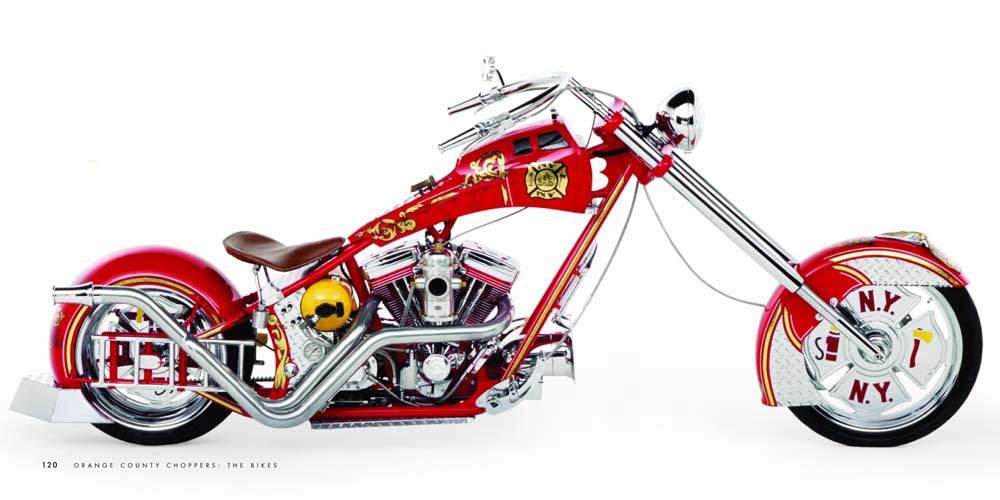Umm... I was speaking of 1) the non~ memory items and 2) rechecking the checklists after you do all the memory items.... verbatim or nothing? I have flown 4 fleet helos PLUS the -57 and I have not read anything like that (whatever the service calls the manual)~ Talk to your Army bubbas that fly for the Coast Guard and Navy now, and see how that would fly.
If its underline (IE everything save for 3 procedures in chapter 9) its verbatim knowledge. And its testable no-notice by any IP in your Unit. It has been that way since the first time I sat in the 67, it didnt get any different in the 64. Check list comes out after the immediate action steps which are part of the crew briefing. Even then the caveat of "dont let an underlined step kill us" is in effect. IE we dont have single eng capability so the bar for "when conditions permit" just became a whole lot different.

